Laboratory

LABORATORY Tasks:
- Approval of the purchase of raw materials after testing and quality assurance.
- Follow up the production stages and quality control according to local and international standards and regulations.
- Approval of selling final product in markets after ensuring its safety and validity for consumption.
TYPES OF LABORATORY ANALYZES
- Chemical analysis
- Physical analysis
- Microbiological analysis
- Detect antibiotic residues
FOOD ITEMS TO BE INSPECTED BY MUJEZA LABORATORY
Honey and its derivatives

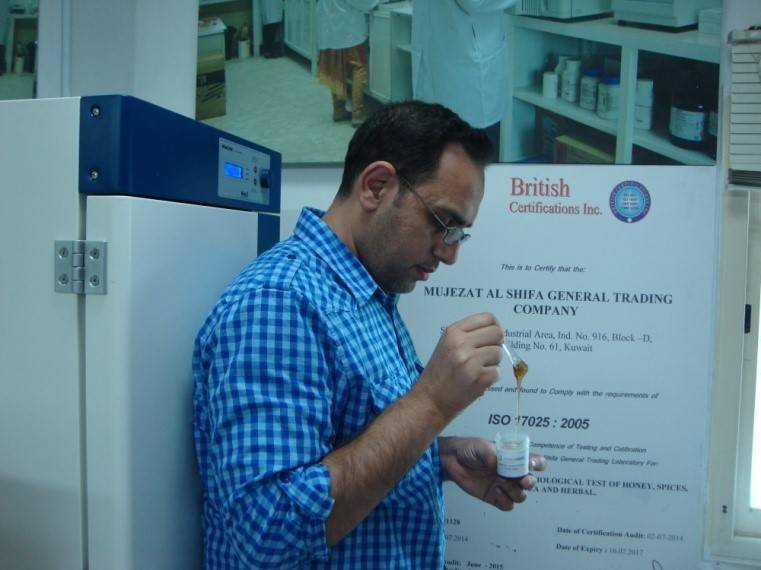
EQUIPMENT & LABORATORY ANALYZES
Check honey:
The different quality standards that judge the quality of honey are determined through many devices that are used for the purpose of measuring the qualities of honey to judge the grade of quality , determine source of honey and make sure it is not adulterated honey.
PHYSICAL ANALYSIS
Honey color degree
Photometer to determine the color of honey
Smell and taste
High performance liquid chromatography (HPLC)
In our laboratory, we use a device from Waters, the US company, which is used to determine the percentages of sugars (fructose, glucose, sucrose, maltose, etc.) found in honey.
(HMF) is also used in the determination of hydroxy methyl furfural content This compound is the basic measure to judge the quality of honey because it is carcinogens, the lesser this compound found, the evidence of good quality of honey.
This compound is formed as a result of fructose cracking due to the exposure of honey to heat or storage in unsuitable conditions of heat, sunlight and moisture. According to international specifications and standards, the maximum limit for this compound is 40 mg / kg of honey, while according to the Gulf specifications it is 80 mg / kg of honey.
We also use tape refractometer for rapid detection of sugars and hydroxide methyl furfural in raw honey to confirm its quality prior to purchase as in picture.
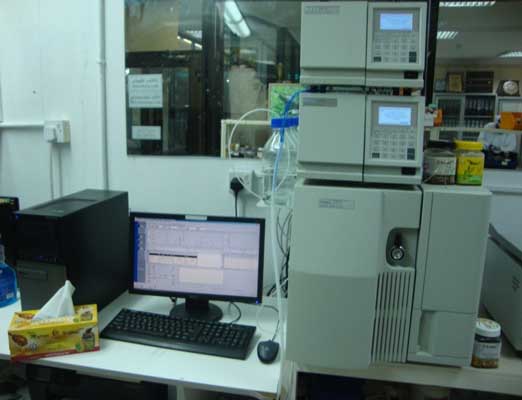
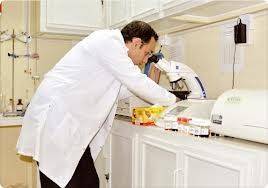
EXAMINATION OF THE POLLEN TO DETERMINE THE TYPE OF HONEY AND ITS SOURCE
It is considered one of the most important tests for honey because it shows the type of honey through the source of pollen’s flowers where the name of honey is derived from the name of the plant, when the pollen of this plant has the highest proportion in honey,for example, for Sidrhoney, the percentage of pollen from Al-Sidr trees is the highest in this honey.
Also, knowing the forms of pollen, the geographical location or the original country of the honey is known because each plant contains different pollen grains from the other plant and do not resemble as the case of fingerprint of the hand there is no resemblance.
Pollen analysis shows if the honey is mixed with another honey and if the source of the pollen inside the honey from bees or added manually by any body.
DETERMINATION OF THE VALUE OF HYDROXYMETHYLFURFRAL HMF IN HONEY
This compound can be set using:
- (HPLC) High Efficiency Chromatography Analyzer
- Spectrophotometer
Both devices we have in the company’s laboratory
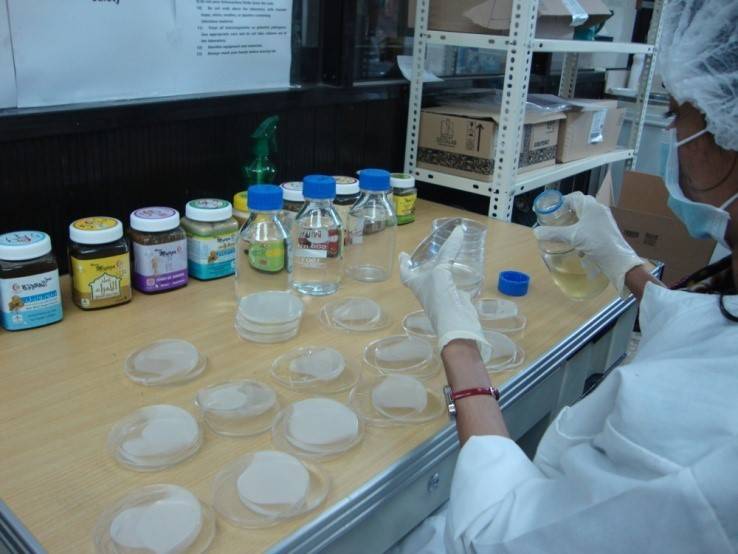
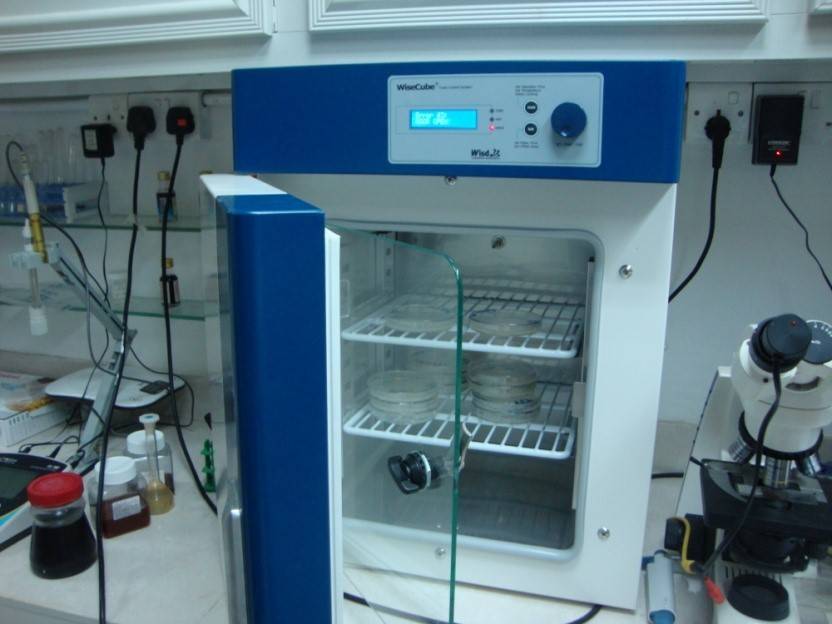
MICROBIOLOGICAL ANALYSIS
The microbiological examination is one of the important tests for honey and other foodstuffs. It shows whether there are microorganisms and bacteria in honey or not, such as yeasts that are beyond permissible or mold. This examination is one of the important tests to judge the quality of honey.
DETECTION OF ANTIBIOTIC RESIDUES
Antibiotics residues are checked for their presence or not in honey. The most important ones are tetracycline-chloramphenicol,
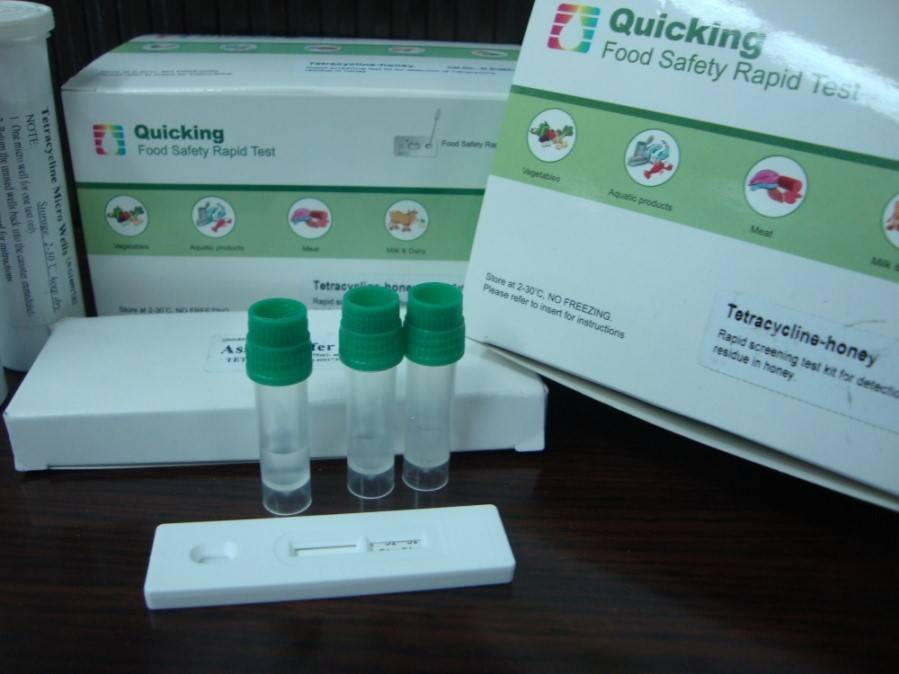
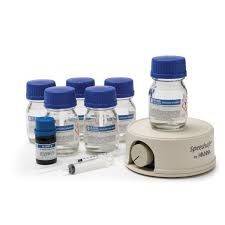
DETECTION OF Genetically Engineered MATERIALS
To make sure honey is free from Genetically Engineered MATERIALS, we send samples to Germany for testing We send samples frequently to the Institute of Scientific Research in Kuwait after analyzing them in our laboratory to confirm the accuracy of our results.
CHECK FOR ACIDITY
By calibrating a solution of honey with sodium hydroxide in the presence of a suitable indicator, phenol phthalein until appearance of pink color that should not exceed 50 milligrams per 1000 grams.
Also determine the acidity of olive oil to evaluate its quality. Is it extra virgin, just virgin, pure or Pomace olive oil
MEASURING DEVICE OF THE VALUE OF PEROXIDE in OLIVE OIL
This device assigns the peroxide value in olive oil to ascertain is it extra-virgin or not
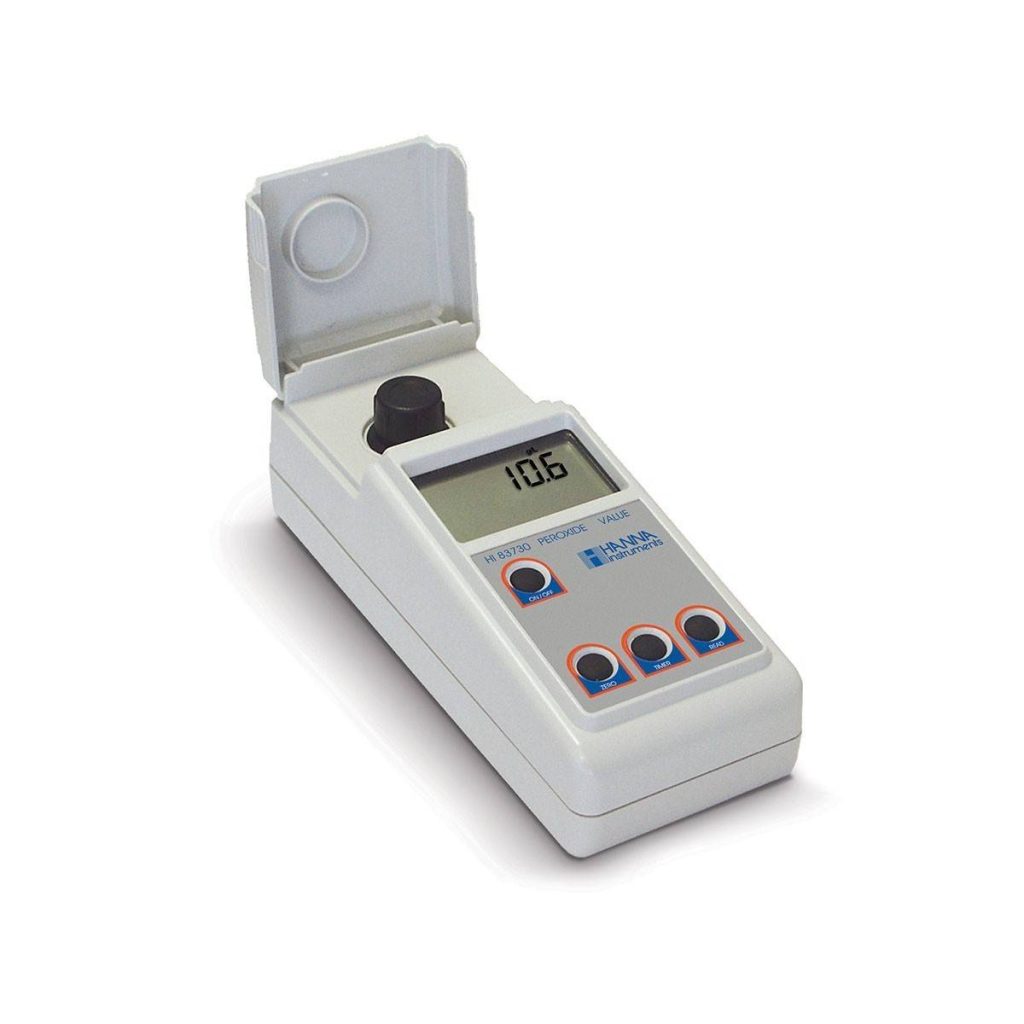
LABORATORY EXPERIMENTS IN MICROBIOLOGY DEPARTMENT
Mujeza Laboratory tests the effectiveness of sider , Manuka, and black cumin honey in killing microbes
THE FINAL REPORT AND
THE RESULT OF THE TESTS AS PICTURES
Test the conformity of the physical properties of honey to international standards such as taste and devoidance of impurities and artificial sweeteners.
Among the most important sugars in honey are glucose and fructose, as well as sucrose, which should be less than 8% according to international standards
As well as measuring the amount of hydroxy-methyl Furfural, which must not exceed 40 mg/ kg of honey
Planton Certificate from german, Certificate of quality testing laboratories
OUR TEAM

Dr Huda Ahmed
Bachelor of Medicine
University Diploma in Food Analysis
Food Quality Control
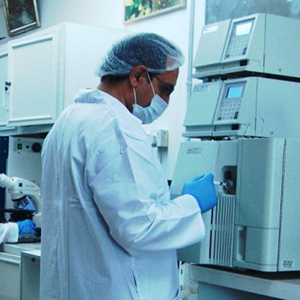
Yaser Mujahed
Bachelor of Science
Major in Chemistry
Physical analysis/ Mujeza lab
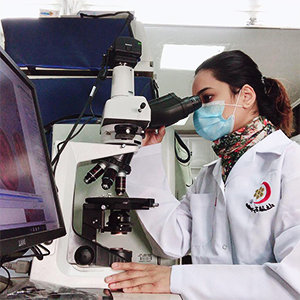
Dhanuja Chittil
Bachelor degree in chemistry
chemical analysis/ Mujeza lab

Amira Alsaed
Bachelor degree in pharmaceutical sciences
nutritionist in Mujeza lab
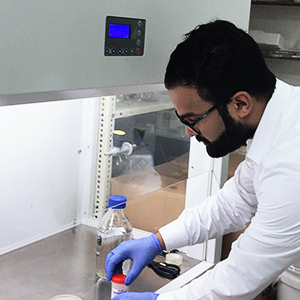
Mohammed Farrukh
Bachelor degree in biochemistry
microbiology tests
Mujeza lab
